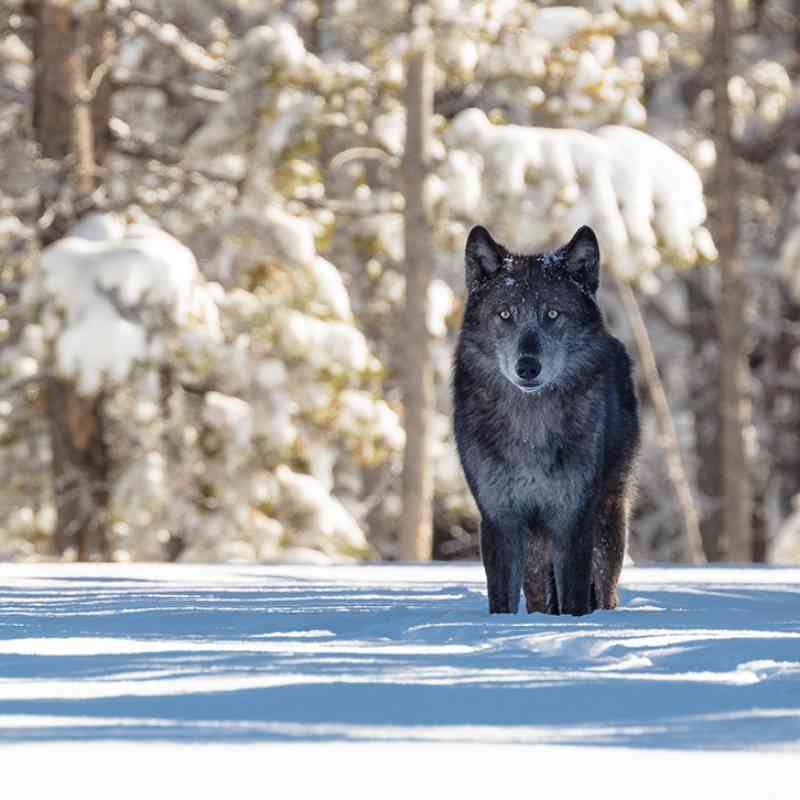Dinner’s Hidden Cost
When thinking about what goes into raising the animals that become our food, what probably first leaps to mind is water, grains and grass. What you probably don’t realize is that some of the food you purchase is also directly costing wildlife their lives.
At the request of ranchers, private companies and state officials, Wildlife Services—a little known federal agency—provides lethal wildlife-damage control at taxpayer expense. Often it is to protect cattle, sheep, chickens and beehives from predators or because ranchers view some animals—like prairie dogs—as competitors for grass. Last year alone, Wildlife Services killed 320 wolves, 419 black bears and more than 58,000 prairie dogs.
In fact, when it comes to wolves, lethal control is ineffective and inefficient. Trapping and killing wolves does not substantially reduce the following year’s depredations, according to a 2008 University of Minnesota study. Science also shows that when ranchers kill wolves for preying on livestock, other wolves move into the vacated habitat and, without deterrents in place, the cycle of livestock and wolf deaths continues.
Defenders is working to change this kill-first mentality and to shape state and federal policies that will get the tools and techniques of nonlethal deterrence into the hands of Wildlife Services agents, ranchers, producers, university extension agents and conservationists.
To reduce wildlife conflict and avoid lethal control, Defenders encourages ranchers to remove attractants like animal carcasses, to install temporary fencing around sleeping areas on the range and during birthing, and to use livestock-guarding animals or hire a range rider to keep the herd together and ward off wolves at vulnerable times.
“Nonlethal deterrents are more effective, practical and are likely less costly over the long run,” says Suzanne Stone, Defenders’ Rocky Mountain representative. For example, livestock guard dogs typically cost less than $1,000 but will work for years. Turbofladry—electrified fencing with flags that effectively deter wolves—costs less than $3,000 for a full mile and can be used for decades.
“I can tell you that these measures definitely work for us,” says Brian Bean, a livestock producer with Lava Lake (www.lavalakelamb.com) in Idaho. Wolves first killed some of his sheep in the fall of 2001. “Over the next two grazing seasons, we learned how to use nonlethal control measures and have employed them ever since,” he says. “We now experience zero predation loss from wolves in most seasons. The payback is obvious and exceeds our cost of implementation.”
With this sort of success, it’s clear that Wildlife Services should be helping ranchers and state agencies to manage wildlife conflict for the long term by protecting resources and addressing factors that cause wolf predation, says Stone. “Simple logic tells you that lethally removing wildlife year after year without changing the conditions on the ground that lead to loss is a waste of time, money and energy,” she says.
— Charlotte Conley
Related


